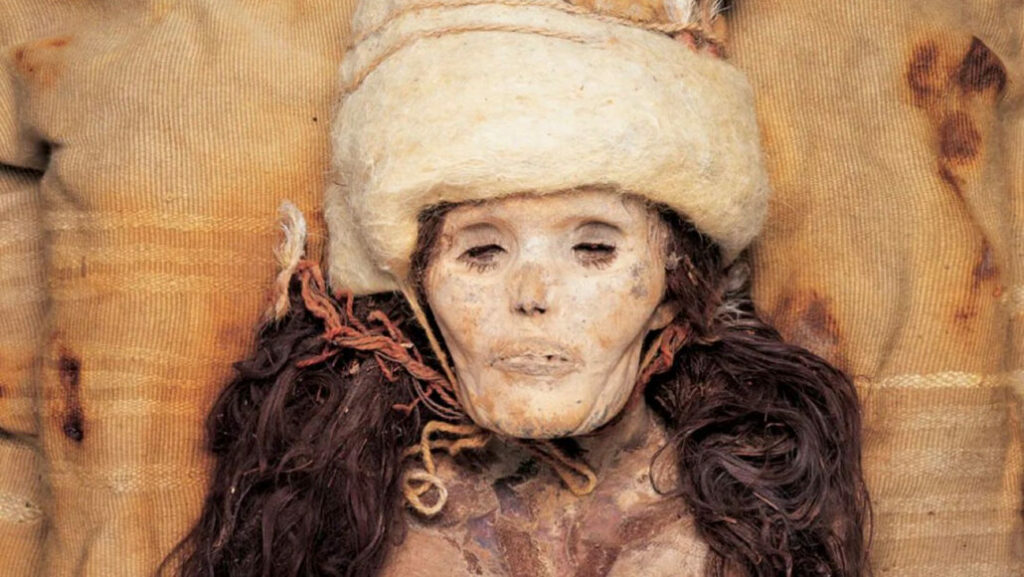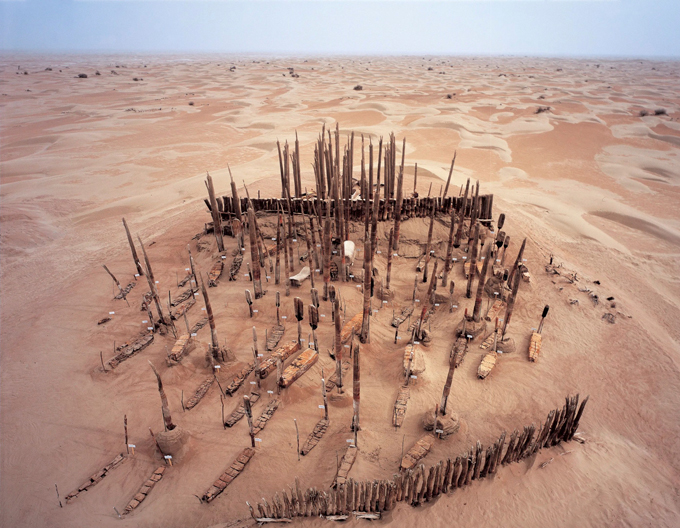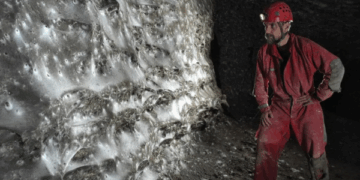The ancestors of Central Asian mystery mummies are astonishing. According to a new research, these folks, who had facial traits that suggested European ancestry, belonged to a local community with ancient Asian roots. Researchers have previously classified the mummified Bronze Age group as immigrants and argued where in West Asia they originated.
Hundreds of skeletons buried in western China’s Tarim Basin between 4,000 and 1,800 years ago were organically mummified by desert heat. Since the 1990s, preserved remains of these persons have been unearthed (SN: 2/25/95). The Xiaohe civilization, which included animal husbandry and plant cultivation, was represented by those buried approximately 4,000 years ago. Their coffins, which were shaped like a boat, were unlike any others in the area. In Xiaohe burials, preserved cheese, wheat, millet, and clothing made of western Eurasian wool testified to distant interactions or origins.
DNA was tested from 13 Tarim Basin mummies from about 4,100 to 3,700 years ago, as well as five additional human mummies from the surrounding Dzungarian Basin from around 5,000 to 4,800 years ago, by archaeogeneticist Yinqiu Cui of Jilin University in Changchun, China, and an international team.
Tarim people have Asian heritage, mostly traceable to hunter-gatherers who lived over 9,000 years ago in most of northern Eurasia. The researchers disclose their findings in Nature on October 27 and speculate that the mummies belonged to a group that had not mated with outsiders for millennia. There were no DNA linkages discovered to western Eurasian herders from the Afanasievo civilization (SN: 11/15/17), who had been recognized as Xiaohe people’s forefathers by some scholars.
The Dzungarian folks have a primarily Afanasievo heritage. Milk proteins identified in the tartar of seven Tarim mummies suggested that they ingested dairy items on a regular basis, a behavior that the researchers believe was passed down from Afanasievo ancestors in the Dzungarian Basin.

























